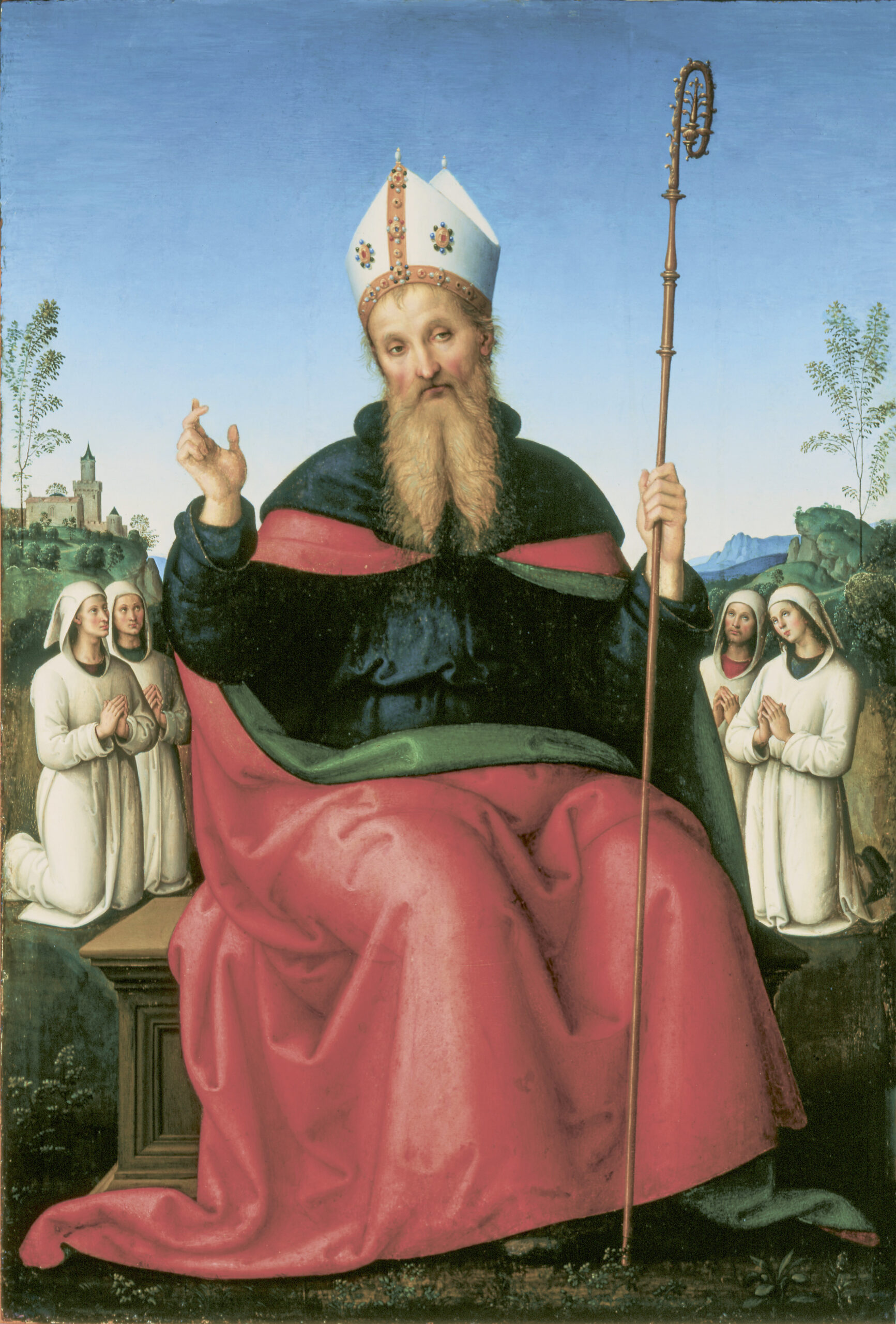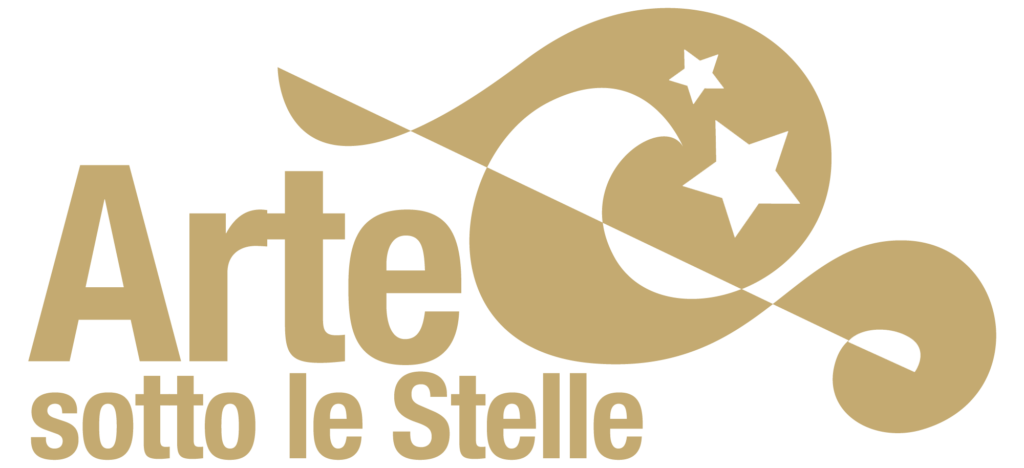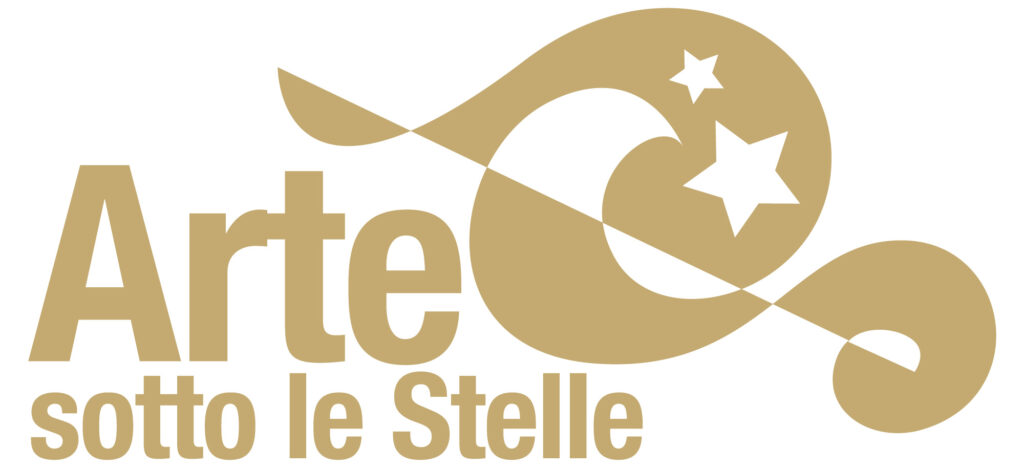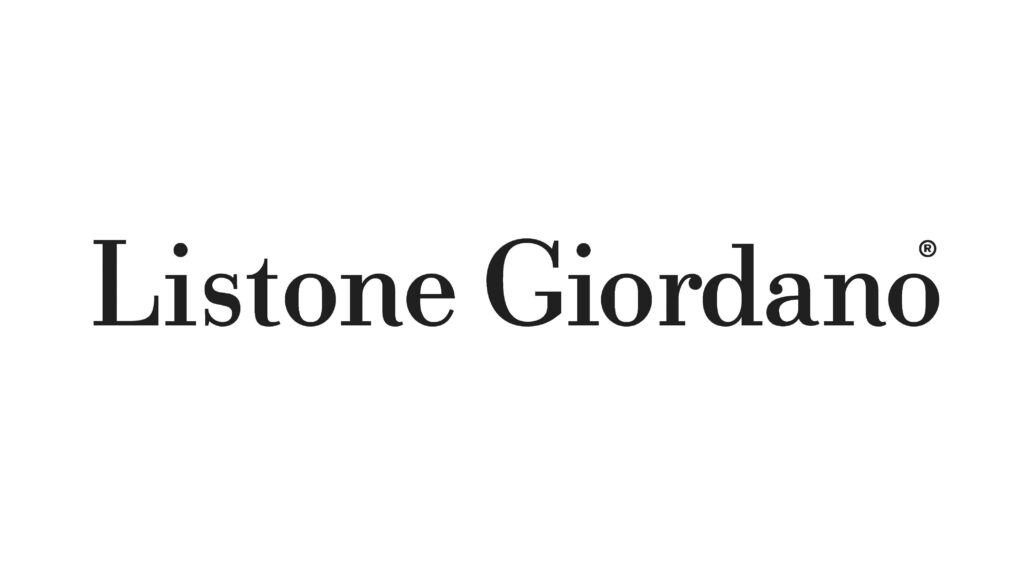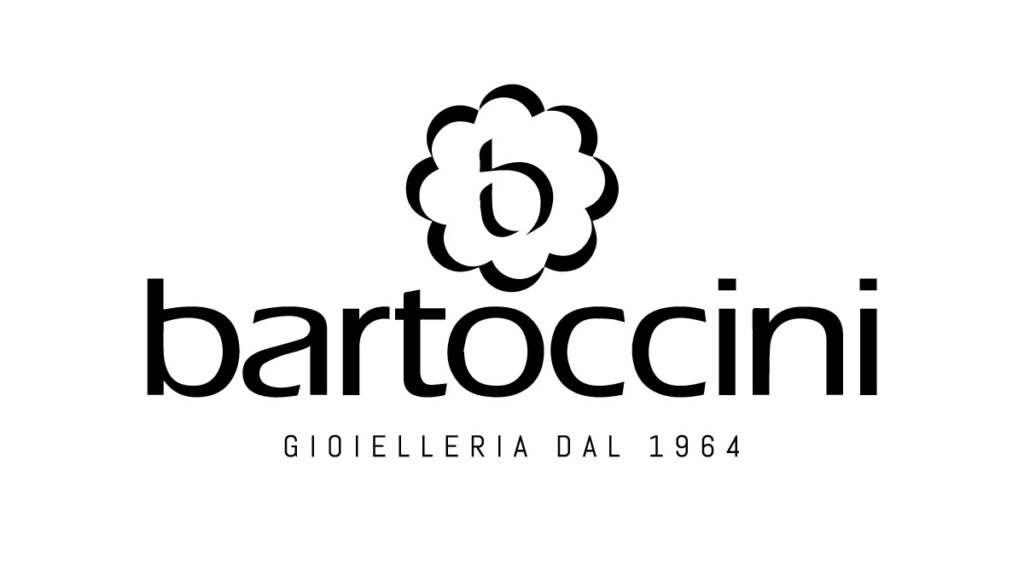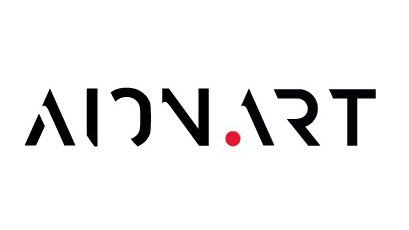Sant’Agostino e quattro membri della confraternita di Perugia – Carnegie Museum of Art – Pittsburgh
Il dipinto fu probabilmente commissionato per essere utilizzato come gonfalone processionale dalla Confraternita di Sant’Agostino di Perugia: la composizione ricorda infatti la Madonna della Consolazione, ed è verosimile pensare che risalga al 1498 circa.
Sant’Agostino è ritratto in primissimo piano, seduto su una panca di cui si intravede solo una parte, mentre alza la mano destra in segno di benedizione e nella sinistra stringe il bastone ricurvo vescovile; indossa un mantello rosso che copre quasi interamente la sua figura, e il cui forte panneggio all’altezza delle gambe evidenzia le ginocchia piegate, mentre sul capo indossa la mitra, riccamente decorata.
Il corpo del santo è leggermente volto verso destra, mentre il viso è frontale e lo sguardo melanconico guarda direttamente verso lo spettatore. Il volto barbuto ricalca la fisionomia tipica nei personaggi del Perugino, fatta di tratti delicati e pacata emotività.
Decisamente sottodimensionati rispetto alla figura di Sant’Agostino e in secondo piano, compaiono quattro membri della confraternita, incappucciati e vestiti di bianco, sono disposti in due gruppi simmetrici ai lati del santo, mentre si inginocchiano e giungono le mani al petto in preghiera.
Sullo sfondo si apre un paesaggio collinare, che ospita un piccolo borgo fortificato sulla sinistra.
L’opera è custodita al Carnegie Museum of Art di Pittsburgh.
